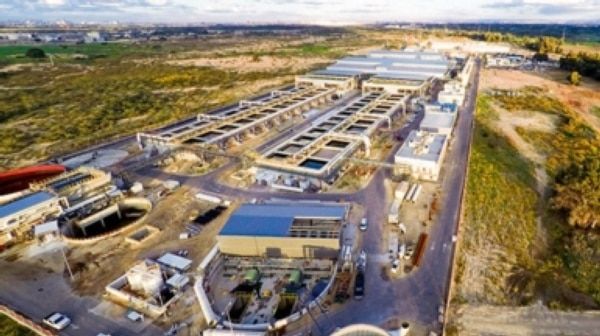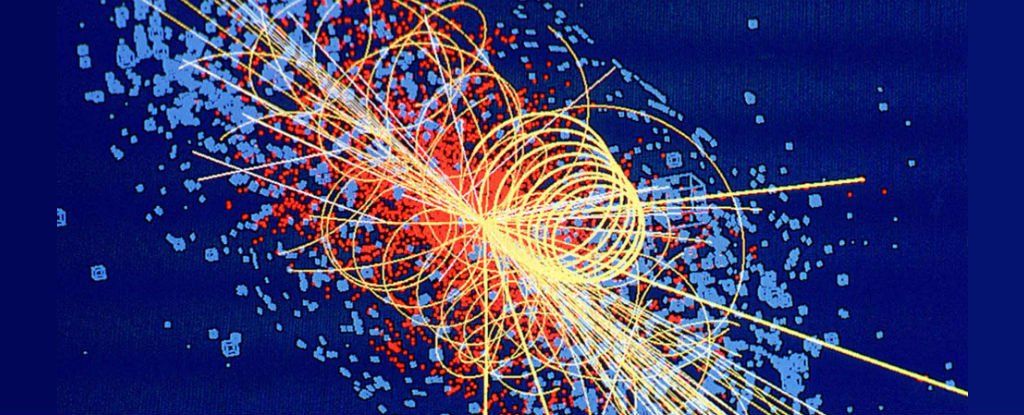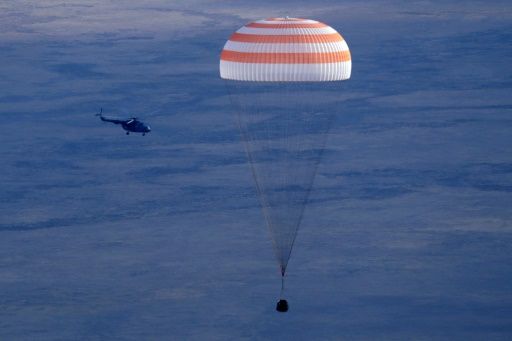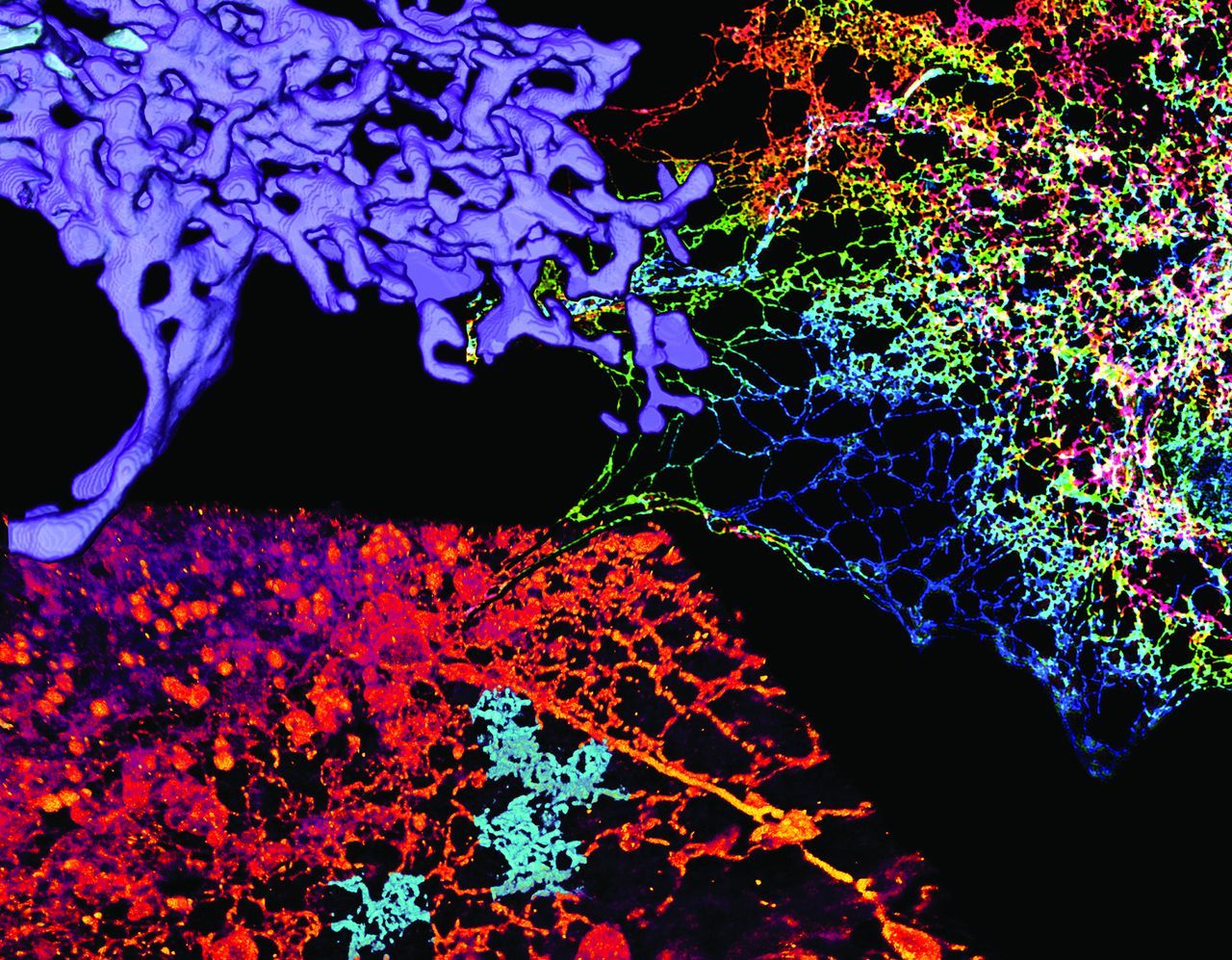One of the driest countries on Earth now makes more freshwater than it needs.
In recent years, the best-performing systems in artificial-intelligence research have come courtesy of neural networks, which look for patterns in training data that yield useful predictions or classifications. A neural net might, for instance, be trained to recognize certain objects in digital images or to infer the topics of texts.
But neural nets are black boxes. After training, a network may be very good at classifying data, but even its creators will have no idea why. With visual data, it’s sometimes possible to automate experiments that determine which visual features a neural net is responding to. But text-processing systems tend to be more opaque.
At the Association for Computational Linguistics’ Conference on Empirical Methods in Natural Language Processing, researchers from MIT’s Computer Science and Artificial Intelligence Laboratory (CSAIL) will present a new way to train neural networks so that they provide not only predictions and classifications but rationales for their decisions.
Physicists have come up with a new model that they say solves five of the biggest unanswered questions in modern physics, explaining the weirdness of dark matter, neutrino oscillations, baryogenesis, cosmic inflation, and the strong CP problem all at once.
The new model, called SMASH, proposes that we only need six new particles to reconcile all of these gaps in the standard model of physics, and the team behind it says it won’t be that hard to test.
The model has been developed by a team of French and German physicists, and they say it doesn’t require any major tweaks to the standard model — just a few new additions.
In a study led by the University of Leeds, scientists have solved one of the most challenging and long-standing problems in atmospheric science: to understand how particles are formed in the atmosphere.
The research paper, published online today in the journal Science, details the first computer simulation of atmospheric particle formation that is based entirely on experimental data. The research was made possible thanks to a sophisticated laboratory called CLOUD, based within the research facility CERN in Switzerland.
The lead scientist on the study, Professor Ken Carslaw from the School of Earth and Environment at the University of Leeds said: “This is a major milestone in our understanding of the atmosphere. The CERN experiment is unique, and it has produced data that seemed completely out of reach just five years ago.”
NASA’s Curiosity rover stumbled across a peculiar-looking metallic meteorite last week, while climbing the slopes of Mars’ Mount Sharp.
Meteorites are pretty common on the Red Planet due to its thin atmosphere and proximity to the asteroid belt. But this little meteorite is unusually smooth — almost like someone’s buffed it.
It also has several deep grooves, which suggests that it might have been molten at some point in time.
Light-sheet microscopy is one of the most powerful method for imaging the development and function of whole living organisms. However, achieving high-resolution images with these microscopes requires manual adjustments during imaging. Researchers of the Max Planck Institute of Molecular Cell Biology and Genetics in Dresden together with colleagues at Janelia Research Campus (HHMI) have developed a new kind of light-sheet microscope that can ‘drive’ itself automatically by adapting to the challenging and dynamic optical conditions of large living specimens. This new smart microscope combines a novel hardware design and a smart ‘AutoPilot’ system that can analyze images and automatically adjust and optimize the microscope. This framework enables for the first time long-term adaptive imaging of entire developing embryos and improves the resolution of light-sheet microscopes up to five-fold.
Light sheet microscopy is a novel microscopy technique developed in the last ten years that is uniquely suited to image large living organisms. In a light-sheet microscope, a laser light sheet illuminates the sample perpendicularly to the observation along a thin plane within the sample. Out-of-focus and scattered light from other planes—which often impair image quality—is largely avoided because only the observed plane is illuminated.
The long-standing goal of microscopy is to achieve ever-sharper images deep inside of living samples. For light-sheet microscopes this requires to perfectly maintain the careful alignments between imaging and light-sheet illumination planes. Mismatches between these planes arise from the optical variability of living tissues across different locations and over time. Tackling this challenge is essential to acquire the high-resolution images necessary to decipher the biology behind organism development and morphogenesis. “So far, researchers had to sit at their microscope and tweak things manually—our system puts an end to this: it is like a self-driving car: it functions autonomously”, says Loïc Royer, first author of the study. This smart autonomous microscope can in real-time analyze and optimize the spatial relationship between light-sheets and detection planes across the specimen volume.
Three astronauts landed safely in Kazakhstan on Sunday following a 115-day mission aboard the International Space Station, including US astronaut Kate Rubins, the first person to sequence DNA in space.
Russian mission control confirmed the touchdown of NASA’s Rubins, Roscosmos’ Anatoly Ivanishin and Takuya Onishi of the Japan Aerospace Exploration Agency at 0358 GMT.
The trio landed southeast of the Kazakh steppe town of Zhezkazgan in clear but frosty conditions after a flight from the orbital lab.
NASA’s new space-monitoring system has detected a large asteroid hurtling towards Earth, which is scheduled to pass us safely in the next few hours.
The asteroid, which was first spotted last week, is estimated to clear us with a comfortable distance of around 498,000 km (310,000 miles) — around 1.3 times further away than our Moon. But thanks to NASA’s new software, we had days rather than hours to assess and prepare for the risk.
The rock, officially named 2016 UR36, was first detected on October 25 by a telescope in Hawaii.
(Phys.org)—A team of researchers from the U.S. and the U.K. has used high-resolution imaging techniques to get a closer look at the endoplasmic reticulum (ET), a cellular organelle, and in so doing, has found that its structure is not made of tiny sheets of materials, as was thought, but is instead composed of tubule structures. In their paper published in the journal Science, the team describes their research and their theories on why the organelles have such a dynamic structure. Mark Terasaki with the University of Connecticut Health Center offers a Perspective piece providing a short history of such research and outlining the work done by the team in the same journal issue.
Organelles are the structures that reside inside living cells—the ET lies within the cytoplasm of eukaryotic cells and is part of many cellular processes such as protein synthesis, calcium storage, mitochondrial division and lipid synthesis and transfer—because of its tiny size and dynamic nature, it has been difficult to obtain imagery to accurately reveal its structure. In this new effort, the researchers have used a variety of techniques, some cutting edge, to capture the most detailed look at ET to date, thereby overturning some ideas regarding its structure and how it functions.
To capture the images, the team used single-molecule super-resolution techniques along with new ways to illuminate their subject. One, grazing incidence structured illumination microscopy (where light is applied at a perpendicular angle to the target), captured imagery on live cells and provided a major increase in resolution via better lighting and a faster means for capturing images than other techniques, improving resolution in moving objects. Such techniques allowed for capturing sharp images of tubules with diameters as small as 50 nm—each a part of a matrix comprising a network that allows for dynamically responding to the needs of the cell. In the images, the tubules look rather like a large complex of interconnected water pipes.
A revolutionary and emerging class of energy-harvesting computer systems require neither a battery nor a power outlet to operate, instead operating by harvesting energy from their environment. While radio waves, solar energy, heat, and vibrations have the ability to power devices, harvested energy sources are weak leading to an “intermittent execution”, with periodic power failures and unreliable behavior.
Brandon Lucia, an assistant professor of electrical and computer engineering at Carnegie Mellon University, and his Ph.D. student Alexei Colin created the first programming language designed to build reliable software for intermittent, energy-harvesting computers. Colin will present the work at the 2016 SPLASH conference in Amsterdam, Netherlands, on November 3rd.
“Energy is not always available in the environment for a device to harvest,” explains Lucia. “Intermittent operation makes it difficult to build applications because existing software programming languages—and programmers themselves—assume that energy is a continuously available resource.”









